As I’ve mentioned before, I run a decent sized breed-specific rescue in the Southeast. I haven’t always been the boss – I started off as a young, green foster home while in college, and slowly took on more responsibility with the rescues I volunteered with until I decided to hang my own shingle. Holding multiple different “positions” in the rescue field gave me plenty of insight into all the various challenges that rescuers face. Believe it or not, the dogs are the easy part. People… not so much.
That being said, my goal today is not to bitch and moan about humans. Today, I want to give some advice to prospective adopters, from the point of view of someone who deals with adopters day in and day out.
1. Follow instructions
There’s a reason that I made this #1 – in my opinion, following instructions is the single most important suggestion I can give you. We’ve all heard that saying: “You never get a second chance to make a first impression.” Well, it’s true, and it’s just as important when applying to adopt a rescue dog, as it is when you’re trying to land your dream job.
If a rescue’s first impression of you as an adopter is that you can’t (or won’t) take the time to read and then follow the instructions that we provide, then you’re setting a very negative tone for the rest of the process. Many rescues have fine-tuned their process based on what works best for them, and if they’ve taken the time to write their procedures and instructions, then they want you to follow them. You may not like those procedures, but you’re not the one trying to process dozens of adoption applications fairly and efficiently. Do yourself a favor and take an extra fifteen minutes to carefully read through the information that a rescue provides – it will save both sides from avoidable frustration and wasted time down the road.
2. Honesty is always the best policy
I really wish I didn’t have to say this one, but anecdotal evidence suggests that I do. When you’re applying to adopt a rescue dog, please be honest on your application. If you’re working with any sort of legitimate rescue, they are likely going to require a detailed application, and they’re going to check your vet reference, personal references, and perform a home visit. If you lie about something – like whether you own or rent your home, if you have a fenced yard or not, or if all of your pets are altered and up to date on vaccinations – we are going to find out. Believe me, it looks really bad when we find out halfway into your application process that you lied on your application. Not only are we going to deny your application, but we’re probably also going to tell our other rescue friends.
Not every rescue organization is right for every adopter, just like not every dog is the perfect match. Some rescues have strict rules about things like fences, work schedules, etc. (and they have every right to). If a rescue has a policy that disagrees with your situation, you have two options: you can contact them and explain, and ask for consideration, or you can move on and find a different rescue that will work with you. I repeat – do not lie.
3. Patience is a virtue
Our application approval process takes about two to three weeks, on average. This is something that we warn adopters in our adoption procedures, but inevitably, a majority of applicants are emailing us within a week to ask about the status of their application. It’s totally understandable that you’re excited about adopting a new family member and ready to get that approval, but we consider bringing a new dog home to be a pretty serious matter. Our dogs are in foster care; they live in our homes as part of our families, and they are very important to us. We put a great deal of time and thought into processing applications and then matching dogs with the right adopters, and that is not something that’s going to be decided in a week.
Also, keep in mind that the people who work with rescues are volunteers. They have their own careers, families, and personal lives to juggle along with the responsibilities they undertake for rescue organizations.
As an aside – you can help speed up the process by making sure that our job is as easy as possible. Before you apply, make sure that your pets are up to date on their vaccinations. If those records are not all at your primary vet, say so from the start, and be ready to supply the documents when we ask. Give your personal references a heads-up that we’ll be calling, and check your email regularly. It’s very frustrating when adopters complain about the processing time when they take two days to answer an email.
4. Keep an open mind
I joke, quite regularly, that I made a huge mistake when I chose “my” breed to rescue. Only a masochistic glutton for punishment would decide they wanted to rescue a breed of dog that comes in a rainbow of colors and sizes – I should have picked something much more boring, and much less common. Why do I say this? Because 3/5 adopters that come to my rescue (my unscientific guesstimate) already have in their mind an image of their “perfect” dog, and convincing them to sway from that image is sometimes impossible (but always frustrating).

I can’t say this enough: don’t judge a book by its cover, and don’t pick a dog based on its color. Yes, we all would love to have a gorgeous, flashy dog that stops people in their tracks wherever they go. We would also love to have money trees in our backyard, and gold-pooping unicorns in our basement. The fact of the matter is, “pretty is as pretty does” applies to dogs just as it does to humans, and if you’re narrowing your search for a new family member based on aesthetic details, then you’re doing both yourself and the dog a great disservice.
Like I mentioned before, the dogs in our rescue are in foster homes, and we get to know them very well. There is no way that an adopter, who has only seen pictures and read a short biography online, will convince us that they know what our dogs need better than we do. We also have a pretty good deal of experience in what does and doesn’t work when it comes to adding new dogs to households. Our number one priority is not to place the most dogs – it’s to place dogs in the right homes. So, be flexible, listen to our suggestions, and let us help you pick the dog that’s going to be the best fit for your family.
5. Grammar
This one is really a pet peeve of mine, and maybe other rescues don’t care what your application looks like, but I do so I’m including it here. Going back to that first impressions thing – your adoption application is usually the first significant correspondence that we see. If it is full of terrible grammar, misspelled words (it’s “shepherd” for Dog’s sake – not “shepard” or “shepperd” or whatever other awful thing you come up with), and missing capitalization or punctuation, then it really just sets the whole tone wrong from the get-go.
The biggest thing that a lack of proper English communicates to us is that you couldn’t be bothered to take the time to fill out our application in a clear, professional manner, and proofread your submission before hitting send. It tells us that you’re lazy, and that you don’t really care enough to make sure what you’re submitting is appropriate. Certainly, it was not your intent to communicate this to us, but, like I said: first impressions are a big deal. You obviously wouldn’t send in a job application that looks like a third-grader filled it out, so why would you send something like that to a professional rescue organization?
6. Don’t be a jerk
Last, but not least, please don’t be a jerk to us. I can’t tell you how many times a week we have to deal with adopters being rude, condescending, or just plain nasty to us. Not only is it inappropriate and unhelpful, but also it really, really pisses me off when I find out that an applicant has been ugly to one of my volunteers.
The bottom line is: it’s our rescue, they’re our dogs, and we can have whatever policies we want to in regards to how we place them. If we tell you “no” because of a certain aspect of your application that we’re not comfortable with, then deal with it. Calling us names or telling us that we’re hurting dogs because we refused to let you leave one of ours alone in a fenced yard all day is not going to solve anything. Quite frankly, we don’t even need a reason to tell you no – if you’re a jerk to us at any point in the process, we can simply say, “Good luck with your search” and send you on your way.
That being said, we don’t want to do that. We want our dogs to be adopted by good, loving families, because adoptions mean that more dogs will be saved. Keep in mind, however, that we are not here to serve humans – we are here to save dogs. Our volunteer status does not make us your humble servants, and we require the same degree of respect from you that you want from us. Help us help you (and more dogs) by taking the adoption process seriously from the start, and remember that dog rescue is a team effort.

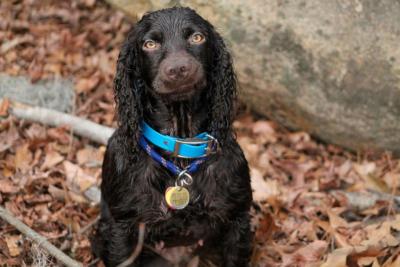
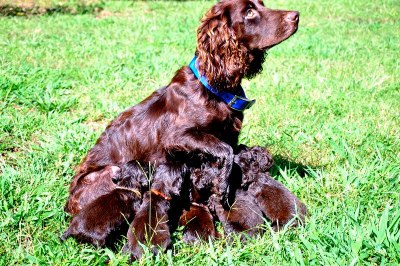
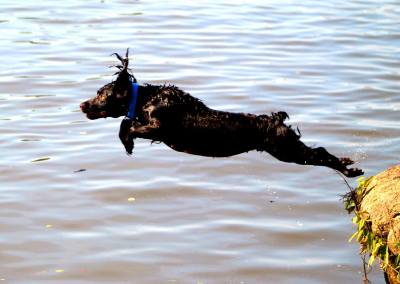
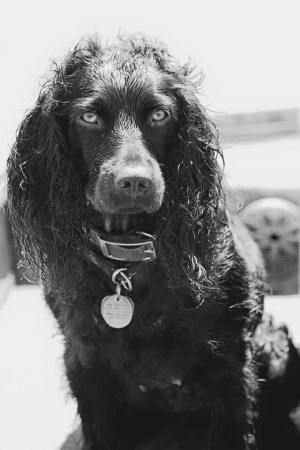


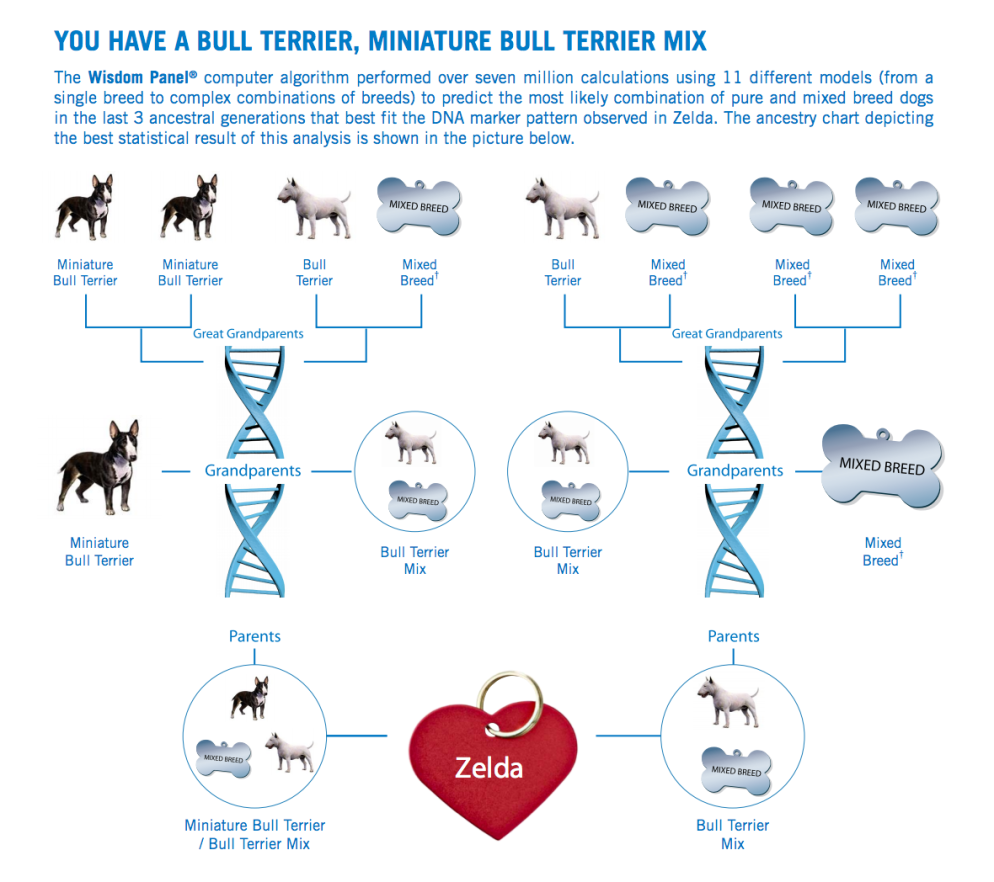












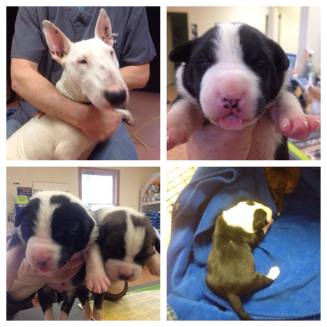



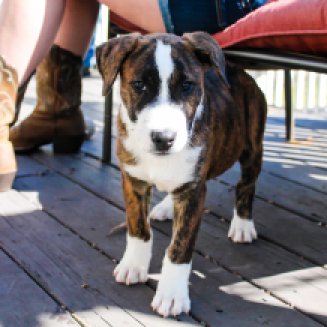

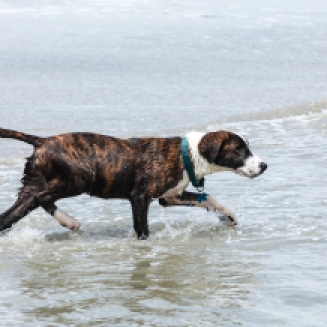



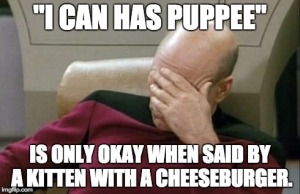
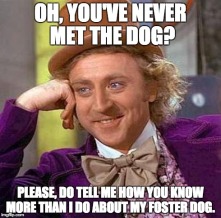
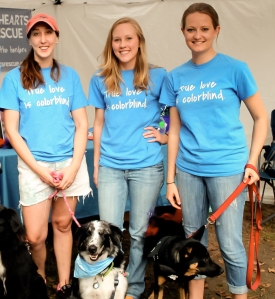

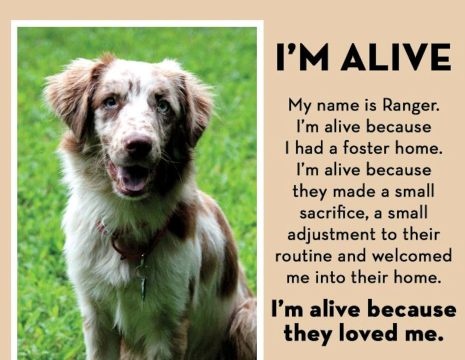
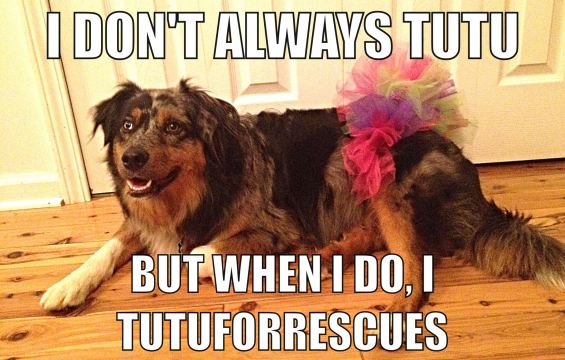

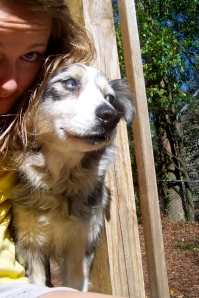 We were nearing the year mark with Tala in foster care. My hatred for this little dog had turned a 180 and blossomed into full-fledged, unconditional love. It was more than just me caring about her, and more than just me liking her. I loved that dog with all of my heart. I remember one morning laying in bed and looking down to where she and Rugby rested on the rug together, grooming each other affectionately. I loved her, Rugby loved her, and I wanted nothing more than to keep her forever – whether forever was six months or three years. However, I was in undergrad, had two dogs already and couldn’t logically commit to a third. So I kept her up for adoption and fought back the tears every time I thought about her leaving.
We were nearing the year mark with Tala in foster care. My hatred for this little dog had turned a 180 and blossomed into full-fledged, unconditional love. It was more than just me caring about her, and more than just me liking her. I loved that dog with all of my heart. I remember one morning laying in bed and looking down to where she and Rugby rested on the rug together, grooming each other affectionately. I loved her, Rugby loved her, and I wanted nothing more than to keep her forever – whether forever was six months or three years. However, I was in undergrad, had two dogs already and couldn’t logically commit to a third. So I kept her up for adoption and fought back the tears every time I thought about her leaving.
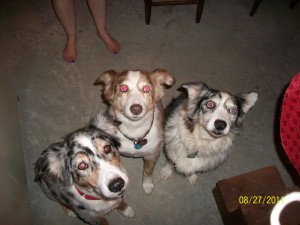
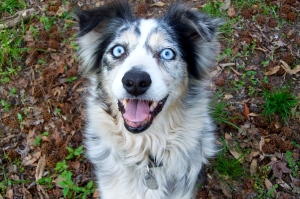
You must be logged in to post a comment.